
The ignition coil is one of the key components of the ignition system. It provides sufficient energy for the spark plug to generate sparks. By increasing the performance of the ignition coil, the spark plug produces enough sparks. This is the basis of a high-performing engine.
4.3 Alternating current detector
The additional resistor in the ignition coil's low voltage circuit is to balance high-voltage spark. At the time of the current passes through the primary coil, a magnetic field is generated. It takes a while from the start of the current flow to the saturated field (it reaches the maximum level).
At low engine speed, the magnetic field can reach its maximum level. But at high engine speed, the magnetic field cannot succeed due to the reduced time. And the secondary voltage generated will be insufficient. The sparks will be weakened.
A typical ignition coil has two sets of coils inside, a primary coil and a secondary coil. The secondary coil is made of thinner enamelled wire. It usually twines with 0.1mm enamelled wire for around 15000-25000 turns. The primary coil is made of thicker enamelled wire. It usually twines with 0.5-1mm enamelled wire for around 200-500 turns.
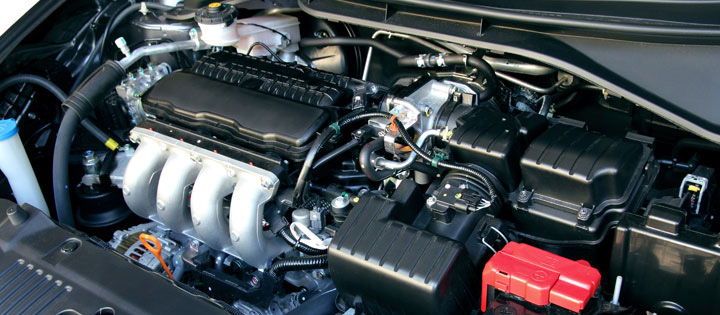
The primary coil connects to one end of the secondary coil. The other end connects to the high voltage wire's output end. It delivers high-voltage electricity. One end connects to the switching device (disconnector), the other end of the primary coil connects to the low-voltage power supply (+) in the car.
The ignition coil can turn the low voltage into high voltage because it is the same form as a normal transformer. The primary coil has a larger turns ratio than the secondary coil. However, the ignition coil has a different working condition compared to the ordinary transformer.
The ordinary transformer (also known as an industrial frequency transformer) works at a fixed frequency of 50Hz, the ignition coil works to send pulses. The component is a pulse transformer at this time. The ignition coil discharges and stores energy again and again at different frequencies in terms of different engine speeds.
When the primary coil connects to the power supply, it generates a strong magnetic field as the current grows. The iron core stores magnetic energy. When the switch device disconnects the primary coil circuit, the primary coil's magnetic field decays.
The high voltage induces in the secondary coil. The faster the primary coil's magnetic field disappears, the larger the current at the time of disconnection. The higher the voltage induced by the secondary coil is along with the larger turns ratio of these two coils.
● In the idling condition, the car body judders significantly. Observe the exhaust port. The car exhaust airflow has obvious intermittent. At the same time, the exhaust port shakes a lot. You can clearly hear the noise.
● When the engine speed is below 2500 rpm, the car body judders significantly in the process of driving. The acceleration is weak. When the speed exceeds 2500 rpm, the juddering disappears.
● Open the engine cover and observe the running engine. You can find that the engine judders significantly. This symptom does not belong to the normal engine working condition. The amplitude is very large.
If only one ignition coil fails and other cylinders work properly, it won't be a problem to drive the car in an emergency. But it will be very detrimental to the engine, seat and connecting parts of the car.
At this moment, the driver should temporarily stop driving the vehicle with missing cylinders. If more than one ignition coil in cylinders damages, it is recommended to stop driving immediately.
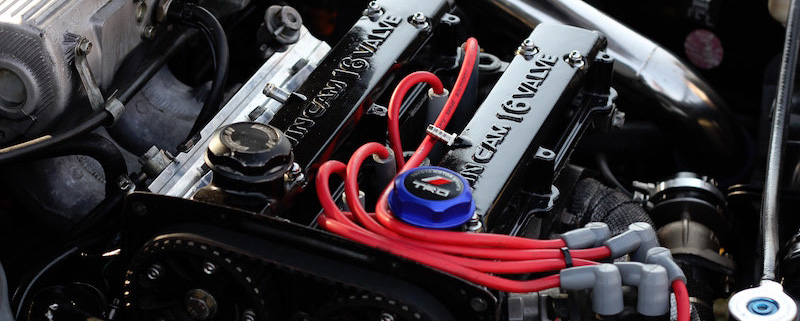
Driving a vehicle without a cylinder due to a faulty ignition coil can be detrimental to driving safety. On the upslope, especially on roads that require "hill starts", the engine load of a vehicle with a missing cylinder increases. The car body judders more significantly, making it very easy for the driver to panic and skid, which even causes an accident.
Connect a fully charged battery ammeter to the low voltage coil. Complete the circuit. The voltage supply should correspond to the attribution of the ignition coil. Otherwise, there will be a risk of the short circuit. If no current passes, it is generally due to poor contact at the terminals. The internal coil is generally not susceptible to breakage.
To test if there is a short circuit, a broken circuit or an overlap in the ignition coil. Test the resistance of the high and low voltage coil with a multimeter. Then compare it to the standard values. Values out of the range indicate an issue in the ignition coil.
4.3 Alternating current detector
Check the insulation of the low voltage coil with a 220V AC test light. Connect one measuring pens to the low voltage coil terminal and the other to the ignition coil shell. If the test light stays on, the insulation damages, and there is a latching fault. Otherwise, the insulation is good.
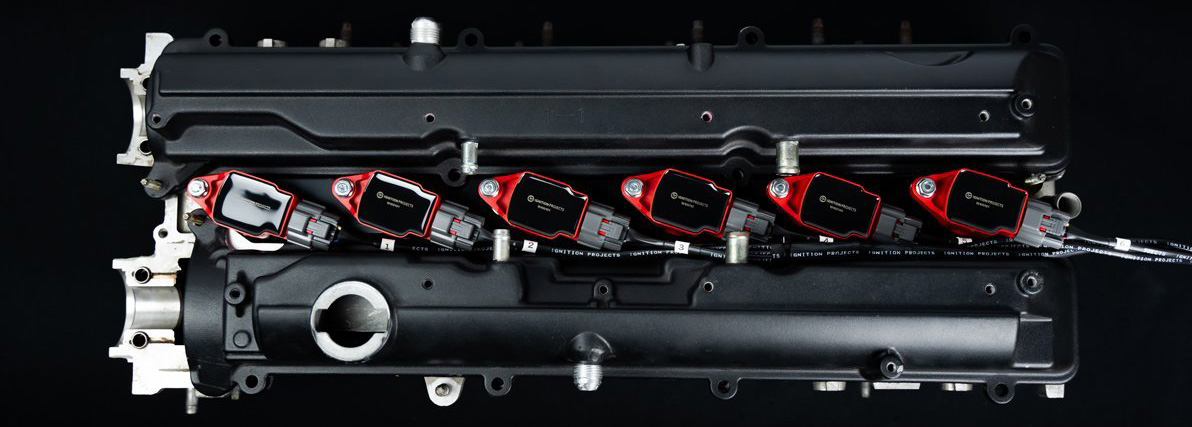
One of the two high voltage coil heads connects to the high voltage jack. The other connects to the low voltage coil. However, there is also a connection to the shell. When testing a short circuit, one end of the test light should connect to the high-voltage jack. The other end connects to the low-voltage coil terminal or shell.
At this point, if the test light is dark red or not on, there is not a short circuit in the high-voltage coil. If the light stays on, there is a short circuit. At the same time, it is best to compare the brightness of the ignition coil with that of a good coil.
The test for a broken circuit is the same as for a short circuit. If the test light doesn't stay on, rub the stylus against the terminals or the shell to see if there are sparks. If not, there is a broken circuit. It should be replaced with a new coil.
When the engine is running normally, the waveforms of the ignition system's primary and secondary voltages change according to a certain pattern. When there is a fault in the ignition system, the ignition voltage (or current) waveform will be distorted. This symptom determines the issue according to the change in the waveform.
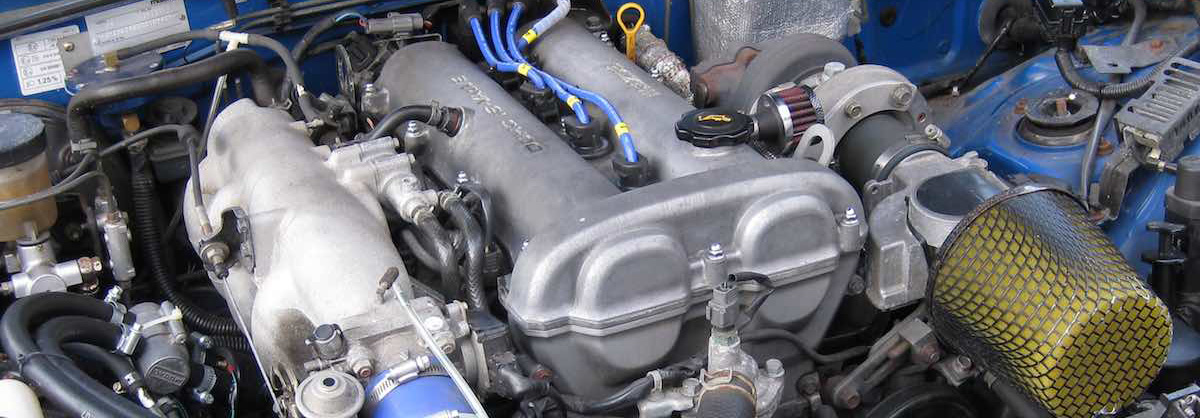
Here are some tips for maintaining the ignition coil.
● Keep the surface of the ignition coil clean. Protect the interior from moisture to maintain good insulation.
● Check if the connection between the high voltage lead screw and Korak wire is firm and reliable. If the connection is loose, the joint will be burnt.
● The second winding of the ignition coil connects to the spark plug via the Kor-voltage wire and spark plug cap. Prevent the high-voltage wire and spark plug cap from coming loose during use.
If these two come off, the high voltage generated by the secondary winding will rise to the limit. The working capacity determines the limit due to the open circuit of the load. The secondary winding has a risk of being damaged.
● The connection between the primary winding and external circuit should be solid and reliable. In the battery ignition system, the low-voltage terminals and external circuit connection usually have polarity provisions.
That is, the positive low-voltage terminals should be directly or indirectly connect to the hitch and the positive battery. the negative low-voltage terminal connects to the negative battery.
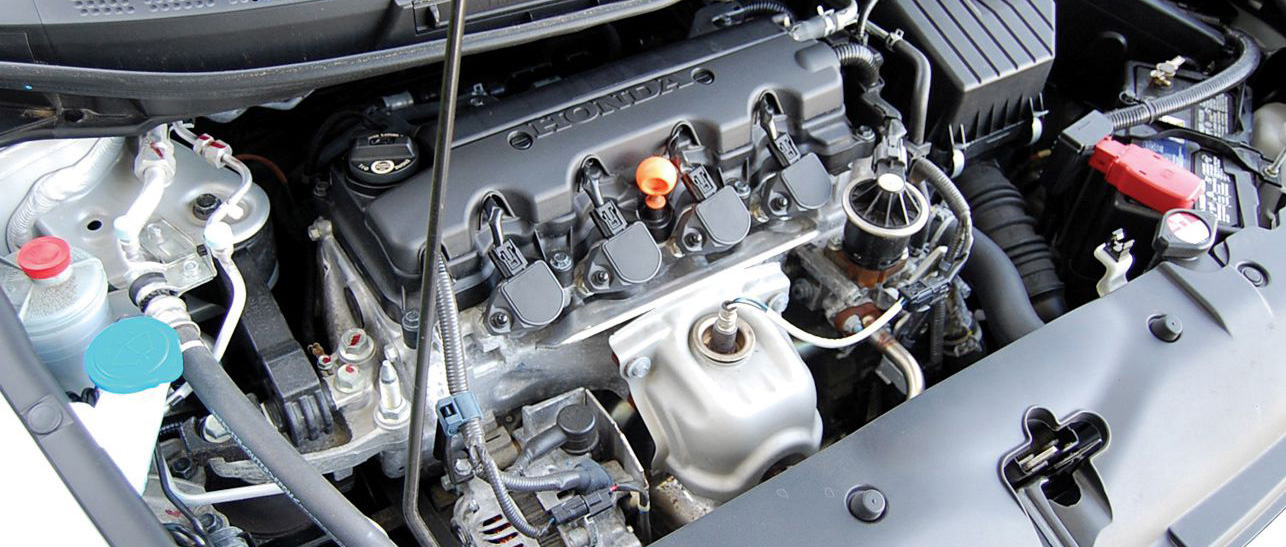
● For the contact battery ignition system, the ignition switch should be disconnected in time when the engine stops running.
Turn on the ignition switch, the engine should be started in time. Otherwise, when the disconnector contact happens to stay closed, the primary winding flows continuously, which easily causes the ignition coil to be damaged due to the rising high temperature.
● In some magneto ignition systems, the ignition coil also generates electromagnetic induction with the rotating flywheel. So the iron core should keep the air gap with the flywheel magnets. Otherwise, it affects the ignition performance or causes mechanical accidents.
 Lauritz Carolsfeld
Lauritz Carolsfeld  September 18, 2021
September 18, 2021
